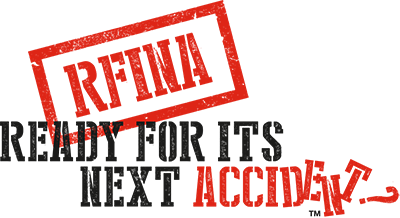“Working Together” For The Good Of The Vehicle Owner
One of the themes of the overall collision repair industry that now often comes up at conferences is “we are all working together for the good of our mutual customer, the vehicle owner.”
This theme can be described as disingenuous, insincere or even outside the rules.
The disingenuous or insincere part is that everyone would rather have more than less and if the supply is finite then the only way to get more is for someone else to get less. There is nothing dishonest or sinister about that, it is a big part of how business works. But the tension between parties and the competition to get as much as possible is a reality and does not quite fit with “we are all in this together for the good of our mutual customer.”
It Is Only The Vehicle Owner Paying
Importantly one significant party that does not have a voice in the discussion is the collective vehicle owner, while it is that collective vehicle owner paying the bill. Whether this is by paying for a repair directly, or more commonly by paying an insurance company to cover future repairs, it is only the vehicle owner paying.
The outside the rules part is that It looks suspicious if the parties in the repair industry pretend that “we are working together for the good of the vehicle owner” without including that vehicle owner in the discussion.
Fortunately, and counterintuitively, despite the fact that people like to start conferences with the “we are all in this together” phrase this is not how the industry works. Without the real involvement of the vehicle owners the result is arguably better for the consumer if each active party is looking after their own interests than if these industry parties were working together to split the pie while leaving the vehicle owner out of the conversation.
